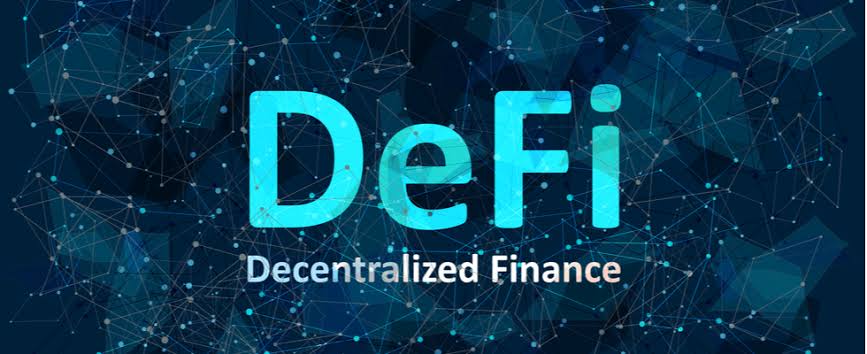Due to excessive collateralization and harsh liquidation conditions, DeFi margin trading is unable to perform to its full capacity. This platform seeks to transform the area.
By relying on decentralised and trustless networks to eliminate intermediaries and offer users complete control, decentralised finance (DeFi) reinvents the way financial services are provided. This rapidly growing blockchain industry offers a potent substitute for conventional financing. Lending is a common use case in DeFi, making up roughly 25% of the total value locked (TVL) in DeFi protocols.
In this article we’ll talk about margin trading in Defi and how this DeFi lending platform enables safer margin trading
Margin Trading in Defi
DeFi lending promotes on-chain margin trading, allowing cryptocurrency holders to seek larger returns by taking on more risk, which is one of the factors that make it appealing. This entails using crypto assets as leverage to perhaps increase gains.
Margin trading is a key component of centralised finance, but applying this strategy to DeFi is more difficult due to its unique set of issues. Overcollateralization is a problem with DeFi loans, to start with. Before receiving funding, users frequently have to lock 150% or more of the loan value. The cost of taking out loans without a credit score or completing Know-Your-Customer (KYC) processes is this overcollateralization.
Users can collateralize their Ether holdings on DeFi platforms like Aave or Maker to borrow stablecoins like USDC without going through any verification steps. As part of a margin trading strategy, the borrowed USDC can then be converted into further ETH and recollateralized again. This strategy, however, has flaws. Users run the possibility of liquidation, which is a requirement to safeguard lenders, if the value of ETH or any other erratic collateral drops. Because of the need for excessive collateralization, the danger is even more obvious.
As a result, DeFi’s crypto margin trading has two disadvantages. On the one hand, it provides the possibility of increased earnings during booming markets and is available because of collateral. However, there are major dangers because market declines can result in complete liquidations.
How this DeFi lending platform enables safer margin trading
The DeFi market is developing, and the most recent protocols aim to solve the problems by offering novel ideas. Nolus, a layer-1 chain constructed using Cosmos SDK, serves as one example. DeFi Lease, a user-friendly programme that links lenders and borrowers on an unreliable network, is the company’s core offering. The app addresses some of the main issues with DeFi, including overcollateralization, a high risk of liquidations, and a lack of actual asset ownership.
The noncustodial cross-chain solution reshapes margin trading by offering the following features;
1.Reliable lending. With its DeFi Lease method, Nolus’ investments can be amplified by up to 150%, lowering the need for collateral by a factor of three.
2. Lower liquidation. Because it takes a flexible approach, the procedure has a decreased risk of liquidation. First off, it states that it has the liquidation threshold set at 40% below the industry average and that it would wait until the asset price has fallen by a maximum of 65% before acting. In addition, Nolus launched the partial liquidation technique, which allows assets to be sold in portions rather than all at once when the maximum Loan-to-Value (LTV) is achieved. Because of this characteristic, borrowers are more likely to keep their assets even when the market is down. It lowers the danger of unexpected losses. More time to restore positions to a healthy level is advantageous for users as well.
3. Maintained ownership: Whitelisted techniques allow users access to the underlying leveraged assets.
4.Cross-chain; By focusing all of its liquidity in stablecoins, Nolus prevents fragmentation and provides smooth access to enormous liquidity pools across several blockchain networks.
5.Continuous liquidity. Nolus guarantees that borrowers can diversify their asset exposure without having to navigate various borrowing pools thanks to its focus on stablecoin liquidity.
In conclusion, DeFi margin trading is evolving by balancing risks and possible returns better.
However, the platform offers a safer and more user-friendly experience for cryptocurrency traders wishing to take advantage of DeFi chances by combining effective lending practises with cutting-edge features like lower liquidation criteria and the partial liquidation mechanism.


